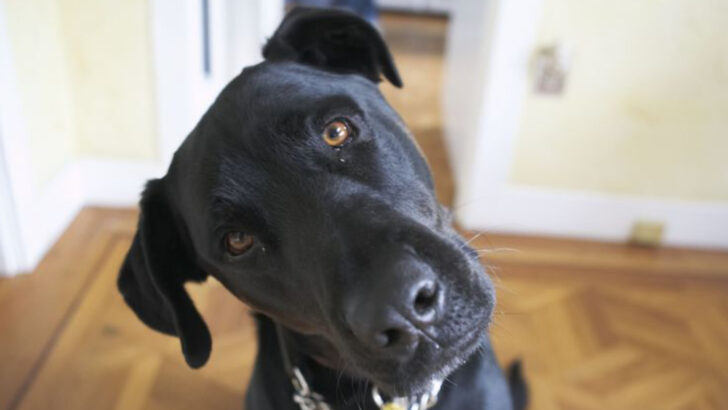Dogs have their own secret language, and no, it’s not just barking and tail wagging. Every head tilt, paw nudge, and zoomie outburst is their way of telling you something. The question is—are you listening?
Maybe your pup stares at you while chewing a toy, or they suddenly start rolling in the grass like their life depends on it. Is it play? Confusion? A deep, mysterious canine ritual? Understanding these little quirks can turn you into the dog whisperer your pup always knew you could be.
From the joy of a happy wiggle to the drama of a howling serenade, we’re breaking down 23 common dog behaviors—what they mean, why they happen, and how to respond. Because once you crack the code, your bond with your furry best friend will only get stronger.
Tail Wagging
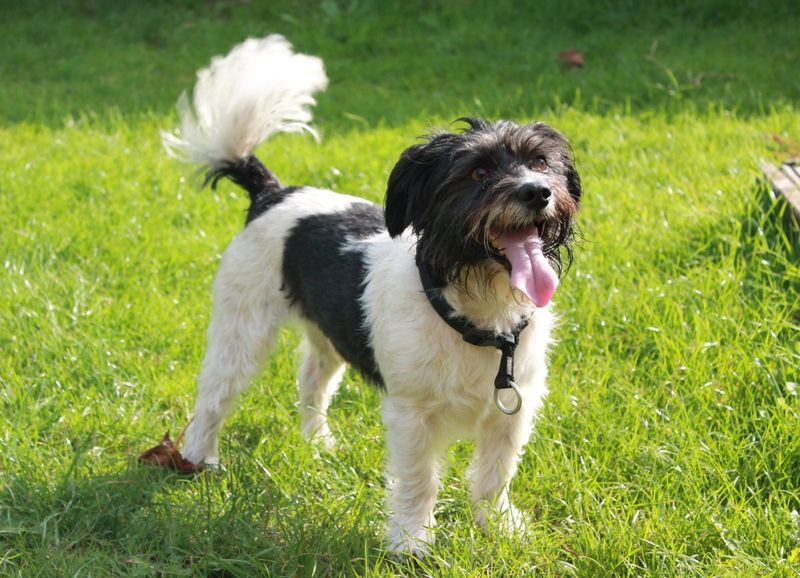
When a dog wags its tail, it’s often a sign of happiness and excitement. However, tail wagging can also indicate other emotions depending on the speed and direction of the wag. A slow wag might mean the dog is feeling cautious, while a fast wag usually indicates enthusiasm. A wag that goes to the right can mean the dog is happy, whereas a left-sided wag might mean it feels anxious. Observing the context and the dog’s overall body language is crucial in interpreting what they truly feel.
Barking
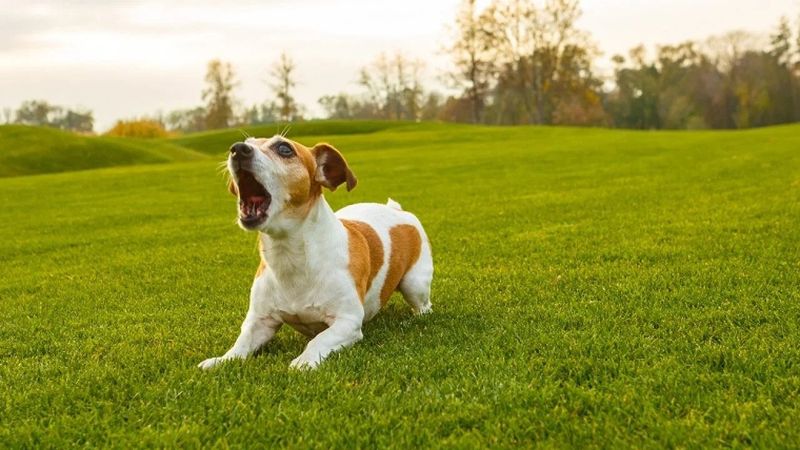
Barking is a primary form of vocal communication for dogs. It can signify a range of emotions from alertness to excitement, or even anxiety. Context matters; a bark at a stranger might mean the dog is being protective, while barking when the owner comes home usually indicates happiness. Pay attention to the pitch and duration of the bark. Short, high-pitched barks typically express joy, whereas low, prolonged ones may signify a warning. Understanding these nuances helps in managing and responding to their vocal expressions.
Chewing
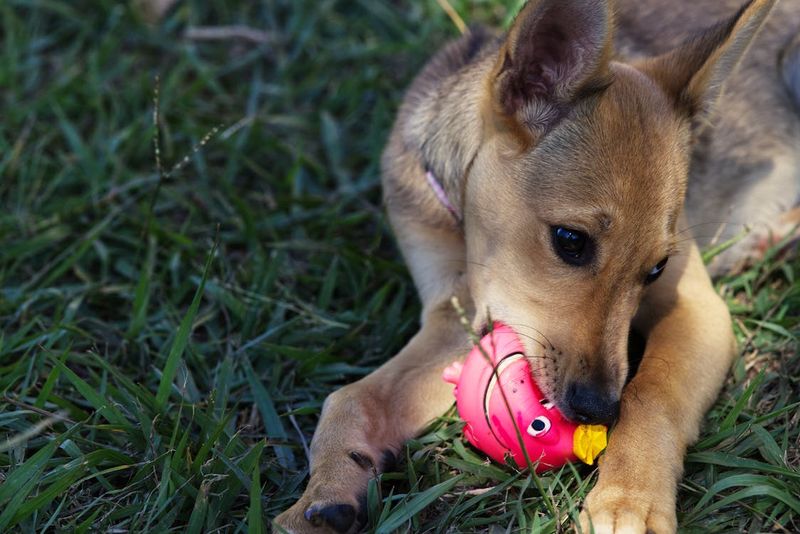
Dogs chew for various reasons, including teething, boredom, or stress relief. Puppies chew as they explore their environment and relieve teething discomfort. Older dogs might chew to keep their jaws strong or to alleviate boredom. Providing appropriate chew toys can help redirect this behavior positively. If chewing becomes destructive, it may indicate anxiety. Ensuring ample exercise and mental stimulation can reduce unwanted chewing. Observing patterns in the dog’s environment and routine can provide insights into the underlying cause and suggest effective interventions.
Digging
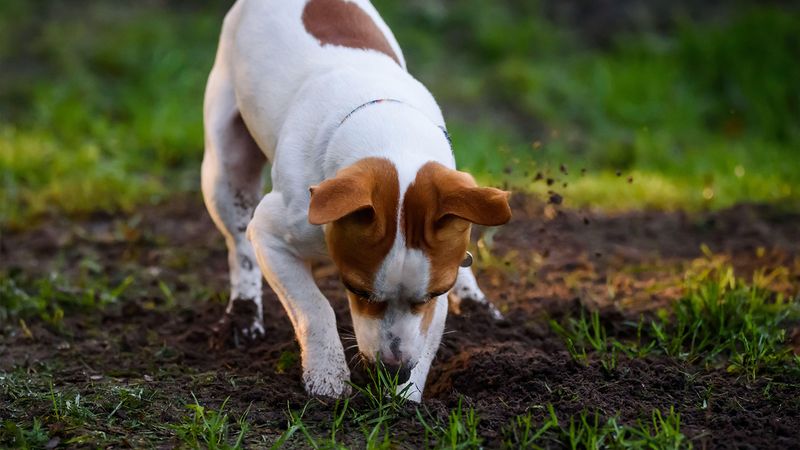
Digging is an instinctive behavior seen in many dogs. Some dig to cool off by lying in the freshly turned earth, while others may dig to bury toys or food. Breeds like Terriers are more prone to digging due to their hunting heritage. If digging becomes excessive, providing designated digging areas or engaging toys can help. It’s also wise to check for pests or buried treasures they might be following. Understanding your dog’s motivation for digging can help you manage this behavior while keeping your garden intact.
Howling
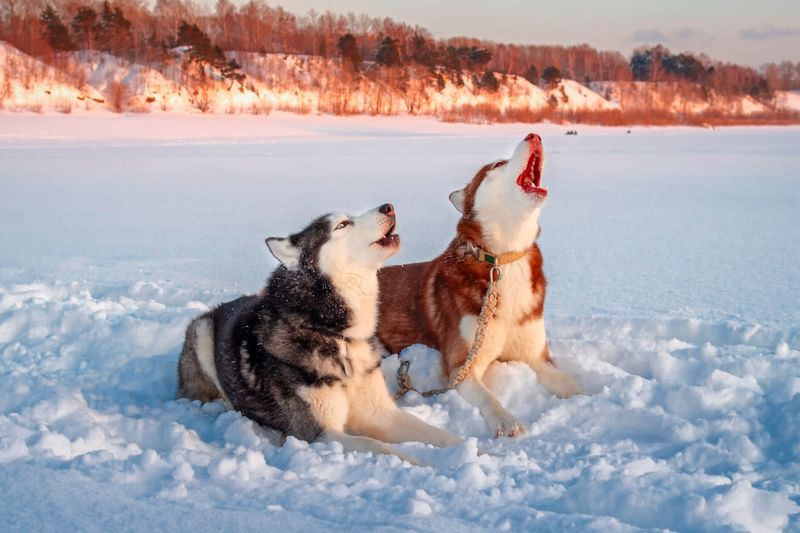
Dogs howl as a means of communication, often reminiscent of their wolf ancestors. Howling can be a response to certain sounds like sirens or music, or a way to communicate over long distances. Some dogs howl to express loneliness, seeking the company of their humans. If your dog’s howling becomes frequent, ensure they have enough social interaction and mental stimulation to prevent boredom. Understanding the triggers and providing alternate forms of engagement can minimize excessive howling and keep both dogs and neighbors happy.
Jumping Up
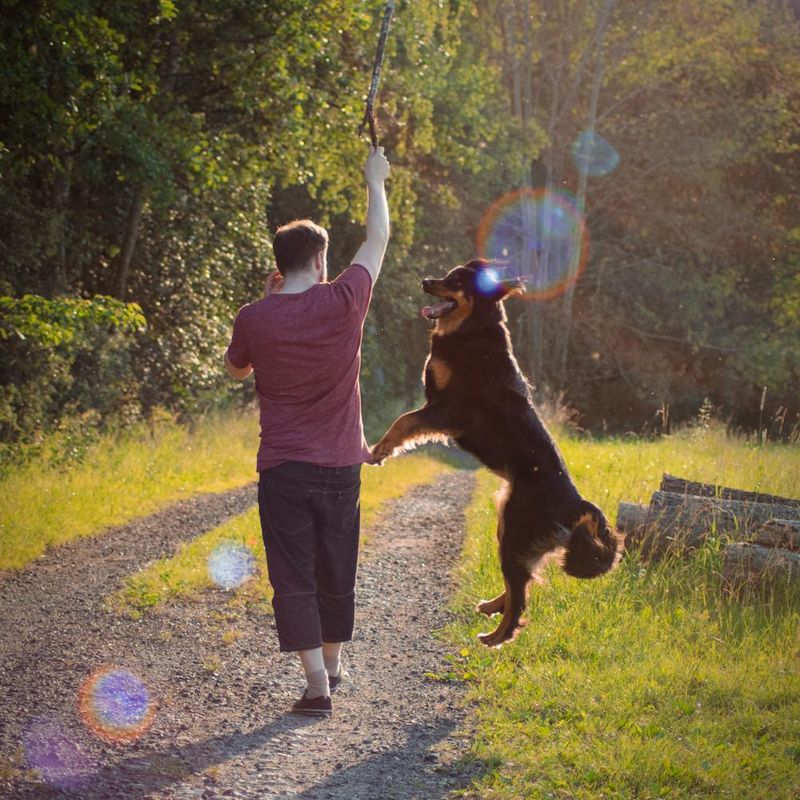
Jumping up is a common behavior when dogs greet people. It stems from their instinct to sniff faces, as they learn a lot through scent. While some may find it endearing, uncontrolled jumping can be problematic. Training the dog to sit when greeting people can redirect this behavior. Rewarding calm behavior and turning away when the dog jumps can reinforce positive interactions. Consistency in response from all family members and visitors is key in managing this behavior effectively. This ensures the dog learns appropriate ways to express excitement.
Licking
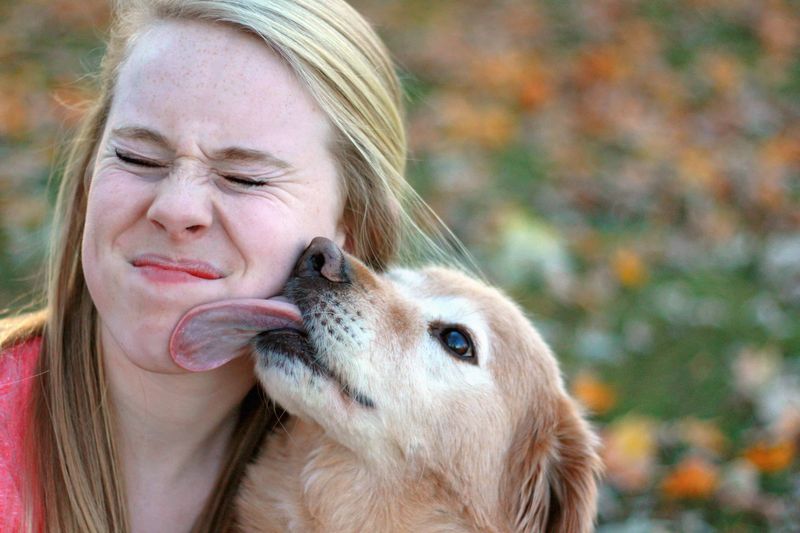
Licking is a multi-purpose behavior for dogs, often showing affection or attention. Dogs may lick their owners to show love or because they enjoy the taste of salt on human skin. Licking can also be a sign of submission or anxiety. When licking becomes excessive, it might indicate stress or a health issue. Providing interactive toys or addressing underlying anxiety can help manage it. Observing the context and frequency of the licking can guide appropriate responses, ensuring the dog remains healthy and happy.
Panting
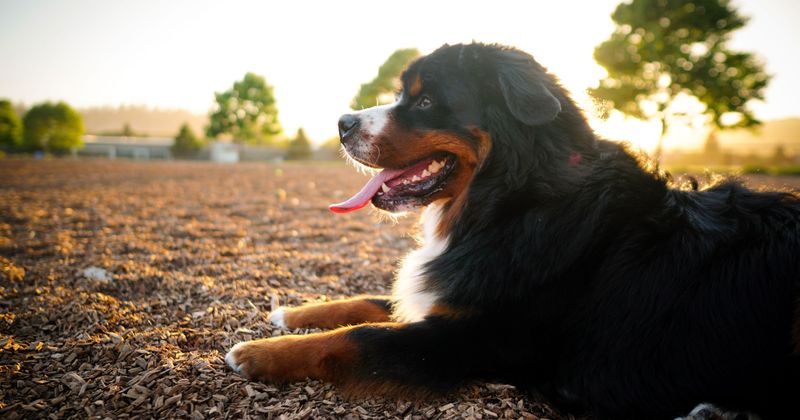
Panting is a normal behavior, primarily a means for dogs to regulate their body temperature. After exercise or in hot weather, dogs pant to cool themselves down. However, excessive panting can indicate stress, pain, or a health issue, especially if it occurs at rest. Observing the circumstances and duration of panting is important. Ensuring the dog has access to water and shade in hot weather reduces overheating risks. If concerned about excessive panting, consulting a veterinarian can rule out potential medical conditions, ensuring your pet’s well-being.
Tail Between Legs
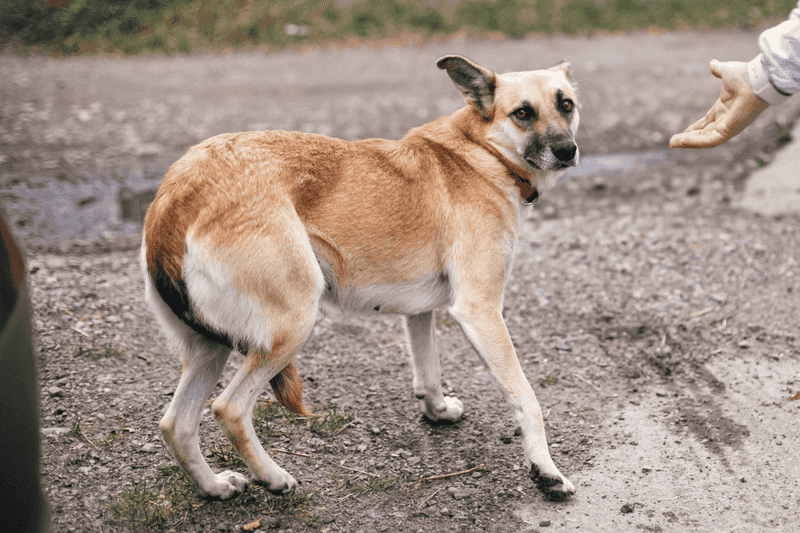
A dog with its tail tucked between its legs typically indicates fear or submission. This posture may be seen when the dog is in an unfamiliar environment or has had a negative experience. Observing accompanying signals like crouched posture or avoiding eye contact helps in understanding the level of fear. Providing a calm environment and gradual exposure to stressors can aid in building confidence. Reassuring the dog with gentle words and positive reinforcement promotes a sense of security and can help in overcoming anxiety.
Rolling Over
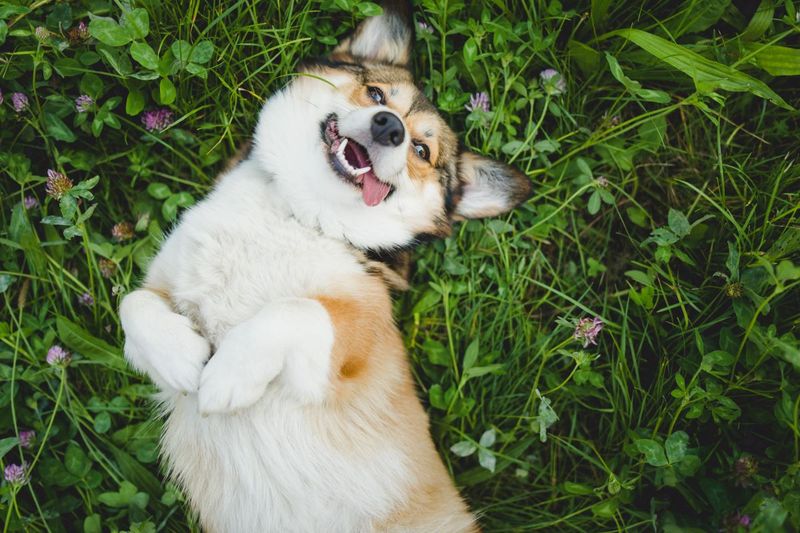
Rolling over can mean different things based on the context. Often, a dog rolls over to show submission or to seek belly rubs as a sign of trust. In a playful context, it might be an invitation to play. A dog rolling over to scratch its back might be relieving an itch. Encourage positive interactions by responding with gentle petting or play when appropriate. Recognizing the situation helps in nurturing the bond and ensuring the dog feels safe and understood, fostering an environment of trust and affection.
Ear Position

A dog’s ear position can convey a lot about its mood. Erect ears often indicate alertness or curiosity, while ears laid back might suggest fear or submission. Some dogs have floppy ears that naturally sit back, but changes in their posture can still provide cues. Observing the entire body language gives a more accurate picture of their emotional state. Encourage positive experiences by rewarding calm and relaxed ear positions. Understanding these signals helps in creating a supportive environment that respects the dog’s feelings and responses.
Sniffing
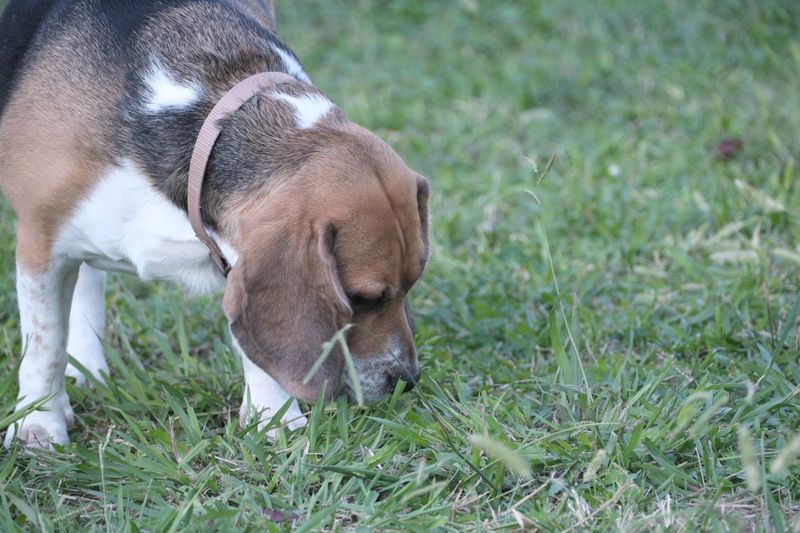
For dogs, sniffing is like reading a book. They gather vital information about their surroundings through scent. A dog might sniff to detect other animals or to figure out who’s been in the area. Excessive sniffing during walks can be due to an interesting scent trail. Allowing them time to sniff satisfies their curiosity and enriches their experience. If sniffing leads to unwanted behavior, redirecting their attention with treats or toys can be effective. Understanding the importance of this behavior enriches walks and strengthens your bond with your pet.
Chasing Tail
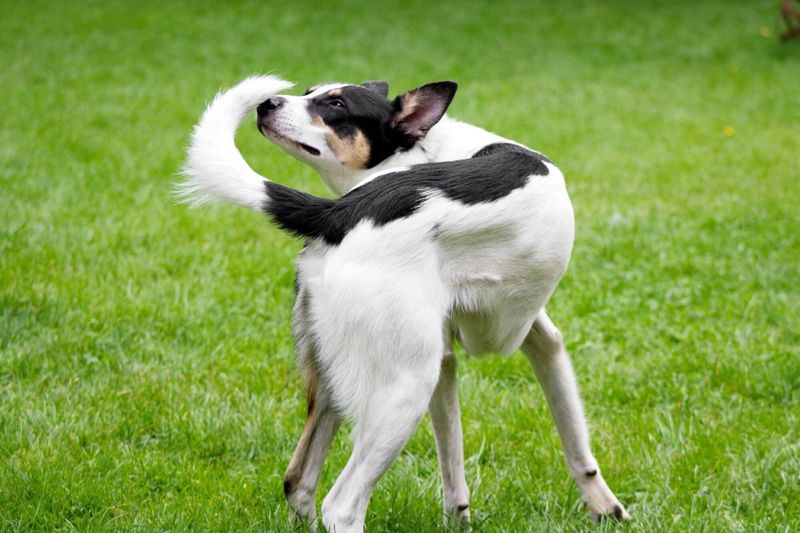
Tail chasing is a playful activity often seen in puppies and young dogs. It’s usually harmless fun, providing mental and physical stimulation. However, if it becomes frequent or obsessive, it might indicate boredom, anxiety, or a health issue. Ensuring plenty of exercise and engaging toys can prevent it from becoming a compulsive behavior. Observing the frequency and context helps determine if intervention is needed. If concerned, consulting a veterinarian ensures any underlying issues are addressed, maintaining a healthy and happy pet.
Bowing
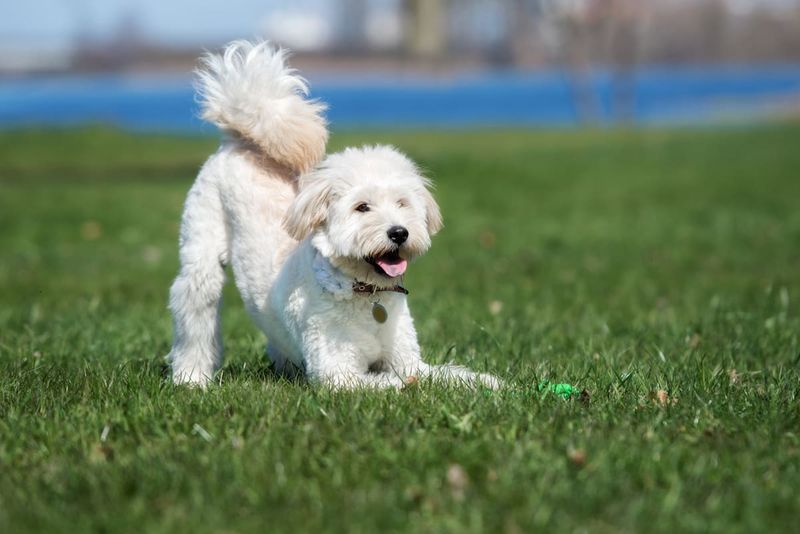
A play bow, where the dog lowers the front part of its body while keeping its rear up, is a universal canine sign of playfulness. It’s an invitation to other dogs or humans to engage in fun activities. Recognizing this signal helps in encouraging interactive play, fostering social skills. If your dog bows, respond with enthusiasm by joining in a game or providing toys. Understanding and responding to play bows ensures your dog feels happy and engaged, promoting a playful and healthy relationship.
Mounting
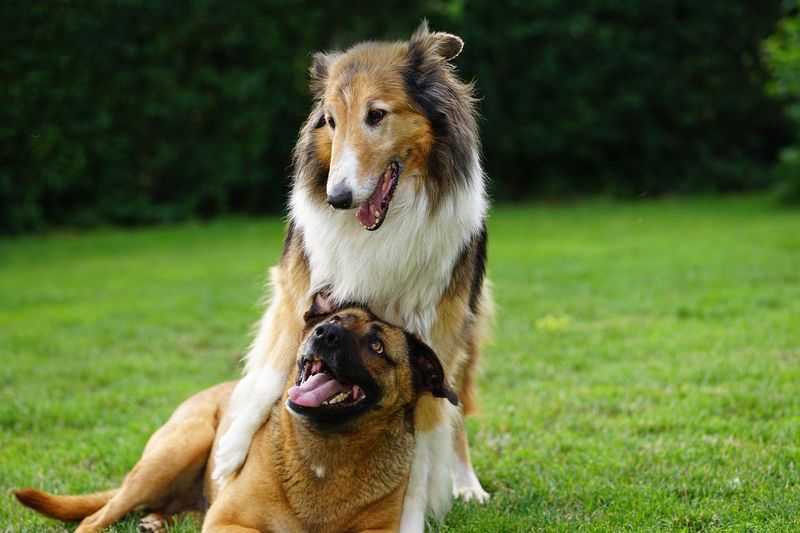
Mounting is often seen during play or as a display of dominance. While it can be sexual, it’s not always the case. Dogs might mount due to stress or excitement. Observing the context and frequency helps determine if it’s normal behavior or requires intervention. Redirecting their attention with commands or toys can manage excessive mounting. Encouraging appropriate play behavior through training and socialization ensures a balanced interaction. Understanding this behavior helps in maintaining a healthy social environment for your dog.
Yawning

Yawning in dogs can indicate tiredness, just like in humans. However, it’s also a calming signal used to diffuse stress or tension. Dogs might yawn when they feel anxious or are trying to communicate a need for relaxation. Observing when and where the yawning occurs provides insights into their emotional state. Providing a calm and secure environment helps alleviate stress-related yawning. If yawning occurs during training or social interactions, taking breaks can ensure positive engagement. Understanding this behavior aids in promoting a stress-free atmosphere for your pet.
Growling
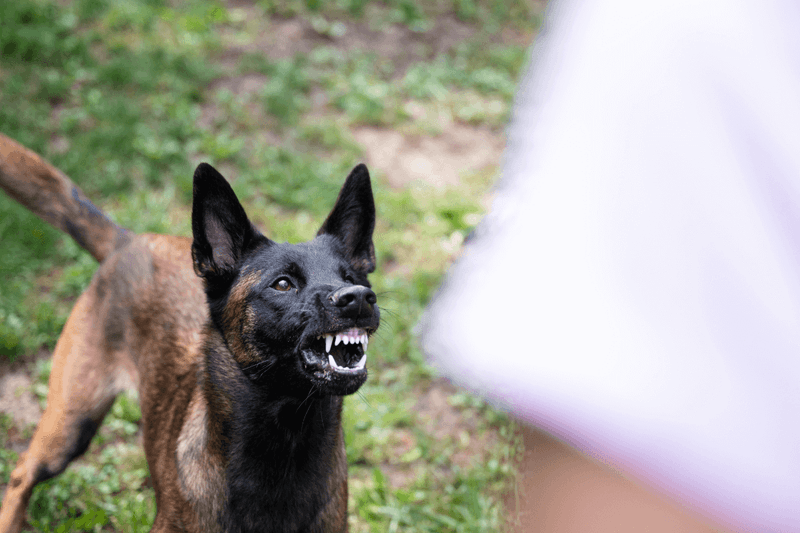
Growling is a form of vocal communication often associated with warning or discomfort. Dogs might growl when guarding resources, feeling threatened, or experiencing pain. Recognizing the context, such as during mealtime or in unfamiliar situations, helps identify the cause. Addressing the underlying issue, whether it’s resource guarding or anxiety, is essential for safety. Training and positive reinforcement can help manage and redirect aggressive behaviors. Understanding growling as a communication tool allows for appropriate responses, ensuring a safe environment for both the dog and its family.
Whining
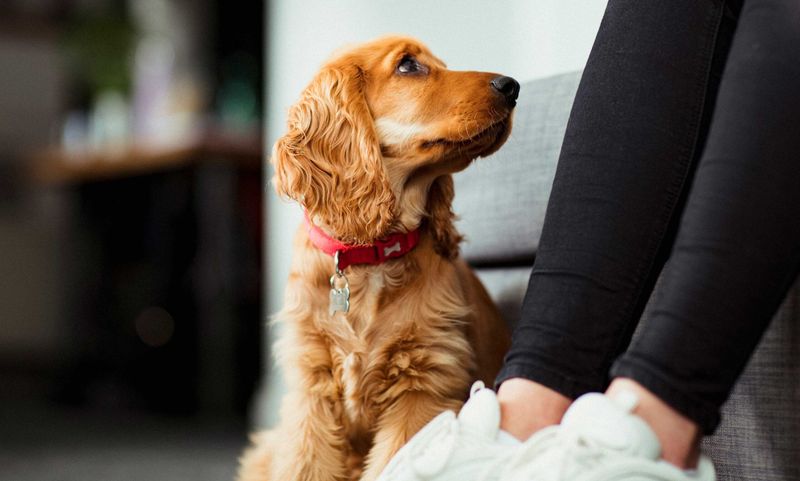
Whining is a vocalization dogs use to express needs or seek attention. It can signal hunger, discomfort, or loneliness. Recognizing the context and accompanying body language aids in identifying the cause. Providing regular meals, comfort, and companionship can alleviate excessive whining. If whining occurs due to anxiety, gradual desensitization or providing distractions can be effective. Understanding and addressing the reasons behind whining ensures your dog’s needs are met, promoting a harmonious living environment. This fosters a bond of trust and empathy between you and your pet.
Nose Nudging
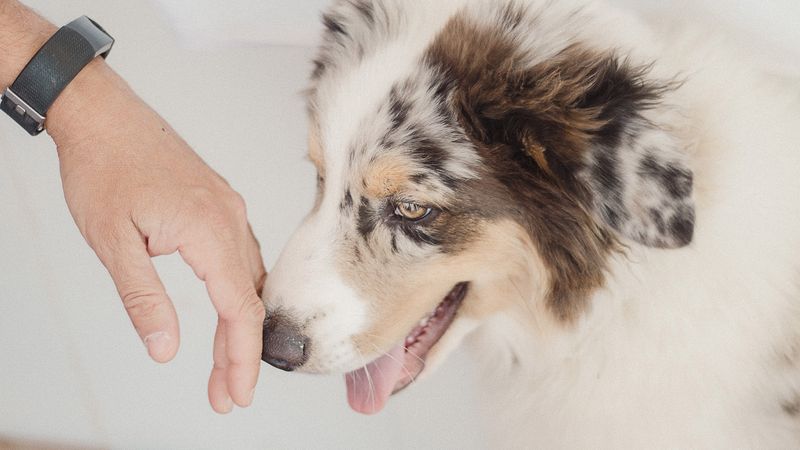
Nose nudging is a behavior that often signals a request for attention or affection. Dogs may nudge to initiate play or as a gentle reminder for petting. It can also be indicative of curiosity or a need for comfort. Observing the context, such as during quiet moments or playtime, provides clues to their intent. Responding positively by engaging in play or offering affection strengthens your bond. Understanding this behavior as a form of communication encourages a loving and attentive relationship, ensuring your dog feels valued and understood.
Head Tilting

When a dog tilts its head, it often captures our hearts. This behavior is believed to help dogs better hear and understand sounds. It might also be a way to express curiosity and engage with their environment. Encouraging this behavior through interaction and verbal cues can enhance communication. Observing the context, such as during conversations or new experiences, helps in understanding their curiosity. Responding positively to head tilting reinforces engagement and strengthens your connection with your pet. This mutual understanding promotes a rewarding relationship.
Paw Offering
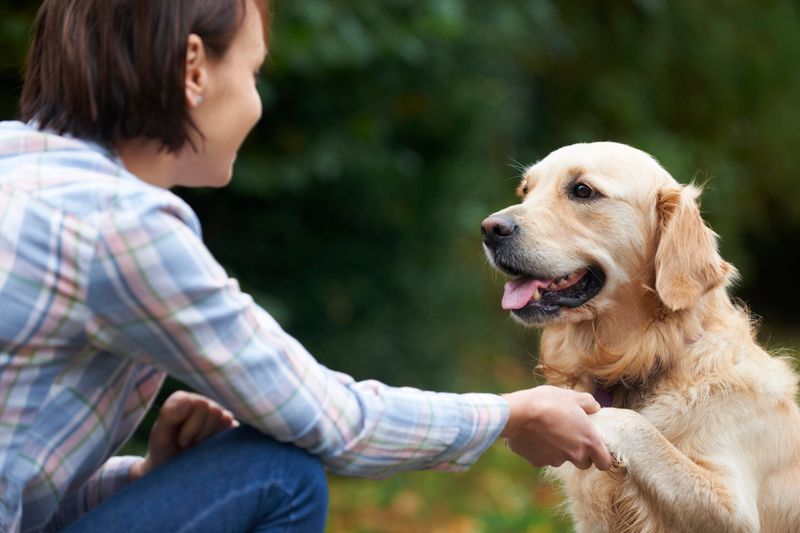
When a dog offers its paw, it’s often seen as a polite gesture similar to a handshake. This behavior can be learned or instinctual, used as a way to seek attention or food. Encouraging this behavior through training and rewards strengthens communication and interaction. Observing when your dog offers its paw, such as during meal times or play, provides insights into their needs. Responding with positive reinforcement or treats enhances their learning experience. Understanding this gesture fosters a communicative and interactive relationship, ensuring your dog feels acknowledged and appreciated.
Sitting on Feet

When a dog sits on your feet, it might be seeking warmth, comfort, or a connection. This behavior often signifies trust and affection. Dogs may also do this to guard you, marking their territory with your scent. Observing when this occurs, such as during relaxation times or gatherings, helps in understanding their need for closeness. Responding with gentle affection or allowing them to sit can nurture this bond. Understanding this behavior encourages a warm and trusting relationship, ensuring your dog feels secure and loved.
Standing on Hind Legs
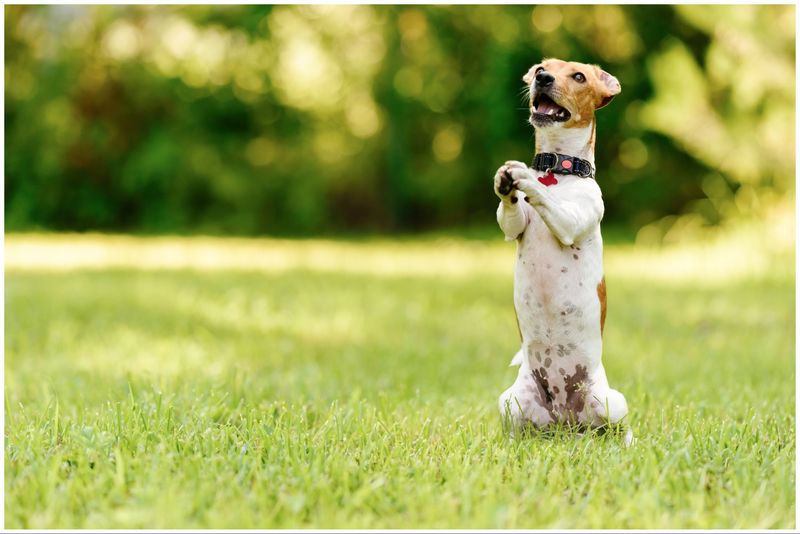
Standing on hind legs is a behavior often linked to curiosity or a desire for attention. Dogs might do this to reach for a treat or to greet you enthusiastically. Observing the context, such as during mealtime or play, helps understand their intent. Encouraging this behavior with commands or treats can turn it into a fun trick. Ensuring it’s done safely prevents any injury. Understanding and encouraging this playful gesture promotes a lively and engaging relationship, ensuring your dog feels happy and interactive.

